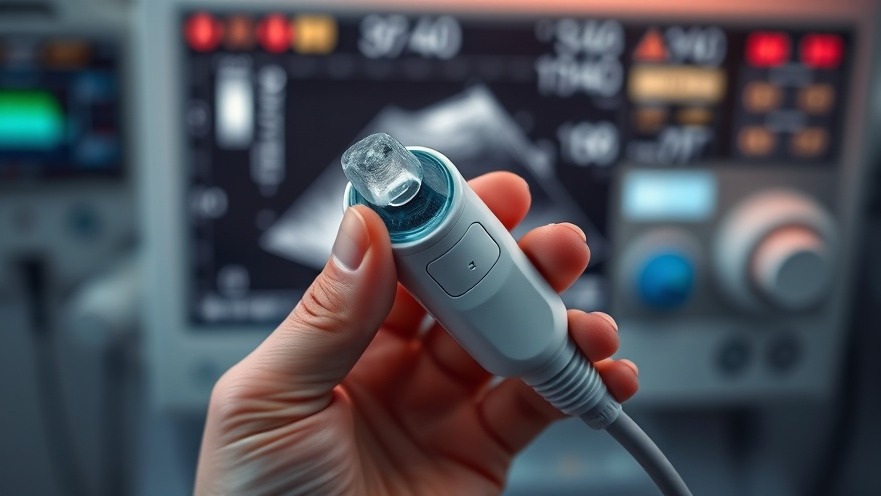
Unlocking the Secrets of Senescent Cells
Have you ever wondered what happens to our cells as we age? One of the most intriguing phenomena is the buildup of senescent cells—those that have stopped dividing but refuse to die. While they might sound like an ominous term, understanding senescent cells and their unique role can lead us to fascinating health breakthroughs. Recent research highlights how low-intensity pulsed ultrasound (LIPUS) emerges as a promising tool to help eliminate these cells, offering new hope for better health in older age.
Senescent Cells and the SASP: A Double-Edged Sword
The secret lies in the senescence-associated secretory phenotype, or SASP. Think of SASP as a collection of signals these cells emit, including various cytokines, chemokines, and growth factors. While these molecules can create inflammation and contribute to age-related diseases, they also serve a vital function: they can attract immune cells that help clear out senescent cells. This is where the potential of LIPUS comes into play. By fine-tuning SASP signals, LIPUS can potentially encourage the immune system to take out senescent cells, promoting healthier aging.
The LIPUS Advantage: Non-Invasive Cell Care
The beauty of using ultrasound lies in its non-invasive nature. Rather than relying on aggressive treatments, LIPUS utilizes gentle sound waves. This approach has already shown benefits in other areas—think healing wounds and repairing bones. Recent experiments indicate that LIPUS can stimulate specific markers within senescent cells that signal immune cells to come and clean up the mess. It's almost like sending out an SOS from the aging cells, rallying the body's defenders to act.
A Closer Look at the Science: How Does It Work?
The research team took human fibroblast cells and engineered them into two categories: late cells, which had been through many cell divisions, and early cells, which were still in their youth. Upon treatment with LIPUS, only the late cells showed signs of senescence. Enhanced immune markers encouraged migration of monocytes and macrophages to the trouble spots, effectively leading to the cleanup of late cells via a process known as phagocytosis. It's a beautiful dance of biology ensuring our vitality as we age.
Reactive Oxygen Species: The Unsung Heroes
In the quest to understand how LIPUS works, researchers stumbled upon the role of reactive oxygen species (ROS). Initially seen as detrimental because of their association with aging and cellular damage, ROS turned out to be part of the mechanism through which LIPUS operates. Increased ROS levels post-treatment were necessary to activate key markers within senescent cells. This surprising twist reminds us that what we often perceive as harmful can sometimes play a crucial role in our bodies' health.
The Implications for Aging and Health
The implications of this research extend far beyond just the mechanics of cellular aging. For self-reliant health enthusiasts, understanding the process of cellular senescence and the potential of technologies like LIPUS could empower proactive health choices. Embracing developments like these offers an opportunity for a healthier, longer life—curbing the effects of aging at a cellular level.
So the next time you think about aging, remember there's a world of research working hard to decode it. With technologies like LIPUS on the horizon, we may find that the fountain of youth is closer than we think, inviting us all to age gracefully and healthily.
 Add Row
Add Row  Add
Add 




Write A Comment